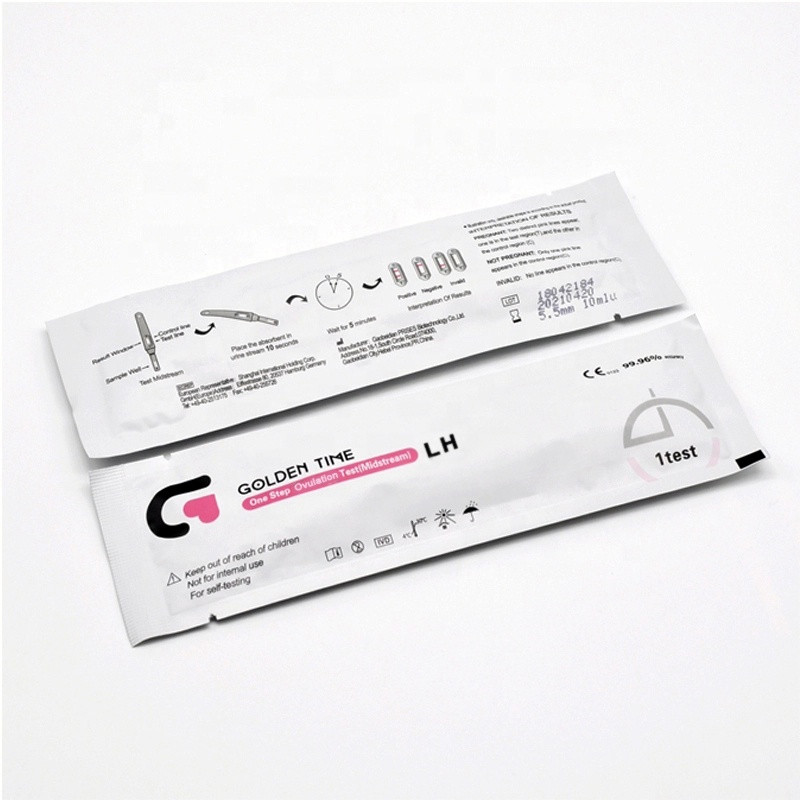Aug . 15, 2024 05:11 Back to list
Exploring the Production and Quality Control of Malaria Card Testing Devices in Manufacturing Facilities
The Importance of Malaria Card Tests Innovations and Manufacturing
Malaria remains one of the most significant public health challenges in many parts of the world, particularly in tropical and subtropical regions. Despite substantial reductions in mortality and morbidity rates over the past few decades, the disease continues to threaten millions. One of the recently developed diagnostic tools in combating malaria is the malaria card test, a rapid diagnostic test (RDT) that has revolutionized the way healthcare providers approach malaria diagnosis. As demand for these tests rises, factories dedicated to producing them are becoming crucial in the global health landscape.
Understanding Malaria Card Tests
Malaria card tests are diagnostic kits designed to detect the presence of malaria antigens in a patient's blood sample. Unlike traditional microscopy-based methods that require trained personnel and specialized equipment, RDTs offer quick and reliable results in a matter of minutes. This ease of use makes them invaluable in remote or resource-limited settings where laboratory facilities may be nonexistent, and skilled personnel are scarce.
The malaria card test operates on the principle of immunochromatography. When a blood sample is applied to the test card, any malaria antigens present will bind to specific antibodies on the card, producing a visible line that indicates a positive result. These tests are efficient, requiring minimal training for healthcare workers and allowing for immediate treatment decisions, which is critical for reducing transmission rates in affected populations.
The Role of Manufacturing Factories
malaria card test factories

As the global demand for malaria card tests rises, factories dedicated to their production play a central role in ensuring quality and accessibility. These manufacturing facilities must adhere to stringent quality control measures and international health regulations to guarantee the reliability of their products. The processes involved in producing malaria RDTs are complex, often requiring the integration of advanced materials science, biotechnology, and rigorous testing protocols.
Many factories are located in regions where malaria is endemic, which not only helps in addressing local needs but also supports local economies by providing jobs. However, the challenge lies in scaling production to meet the growing demands of health organizations, governments, and non-governmental organizations (NGOs) engaged in malaria control efforts.
Moreover, the supply chain for these tests is critical. The production of malaria card tests involves sourcing high-quality raw materials, such as purified antibodies and specific detection reagents. Factories must establish reliable partnerships with suppliers to ensure that production can proceed smoothly and that the finished products maintain high standards of accuracy and sensitivity.
Future Prospects
The future of malaria card tests looks promising, given the ongoing advancements in technology and increased investment in health initiatives. Innovations in diagnostics are leading to the development of next-generation tests that enhance sensitivity and specificity, addressing some of the limitations of current tests. Furthermore, as collaboration between governments, international health organizations, and private manufacturers strengthens, there is potential for mass production and distribution of malaria RDTs in regions most affected by the disease.
In conclusion, malaria card tests represent a significant advancement in the fight against malaria, providing quick and reliable diagnostics in settings where they are most needed. The factories that produce these tests are critical to maintaining the supply and ensuring quality, ultimately contributing to better health outcomes in malaria-endemic areas. As we move toward a future with improved diagnostics and treatment options, the importance of malaria card tests and their manufacturers will continue to grow, playing a vital role in global health initiatives aimed at eradicating this devastating disease.
-
Dengue NS1 Rapid Diagnostic Test Kit
NewsMar.07,2025
-
Dengue NS1 Rapid Diagnostic Test Kit
NewsMar.07,2025
-
Dengue NS1 Rapid Diagnostic Test Kit
NewsMar.07,2025
-
Transferrin Rapid Test Cassette Tumor Marker TF Card
NewsMar.07,2025
-
Malaria Pf Pan Rapid Diagnostic Test Kit
NewsMar.07,2025
-
malaria pf / pan ag rapid test
NewsMar.07,2025

